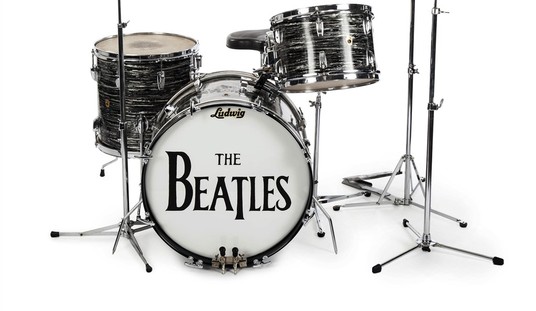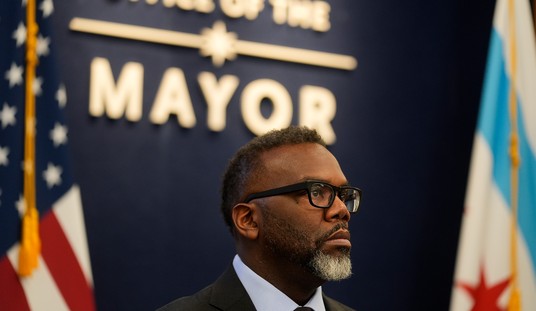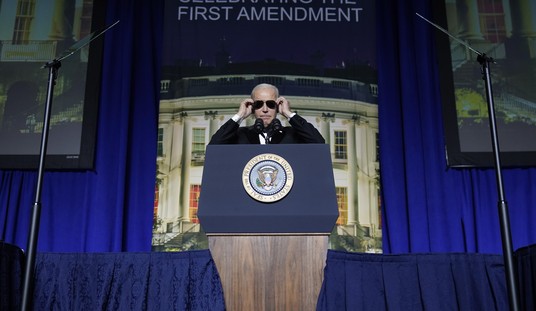“So it’s official: the finest walk in modern television is no more. David Suchet as Hercule Poirot has waddled his last,” the London Telegraph reports:
Admittedly, Agatha Christie’s Poirot (ITV) had carefully prepared us for the worst. The final series began with the news that the great man had already gone to that great country house in the sky — although, as it turned out, he was only faking it. There was also an obvious warning sign last week, when Poirot was allowed to reveal new depths by hinting, like James Bond and Doctor Who before him, at the human cost of his own heroism. When he told Countess Rossakoff that “I am not your love, I am Hercule Poirot”, we got an unmistakeable glimpse of the price he’d paid for dedicating his life to the cause of crying out “Of course! How could Poirot have been so stupeed?” and gathering all the suspects in a room.
Curtain: Poirot’s Last Case took place, like his first, at Styles, once a grand family house, now — in keeping with the melancholy mood — a rather seedy hotel. It also reunited Poirot with Captain Hastings (Hugh Fraser) who after 11 years proved as adept as ever at looking on with exasperated admiration and saying “I’m afraid you’ve lost me there, old chap”. Yet, anybody who feared that we were in for a back-slapping celebration of past triumphs needn’t have worried. After 24 years, 70 programmes and the triumphant realisation of David Suchet’s dream of covering every Poirot novel and short story, the series could certainly have been forgiven for bowing out in a burst of self-congratulatory glory. That, however, has never been its style — or the secret of its success. While its main character has happily blown away on his own trumpet, the show itself has always gone about its business with a quiet, bravely unhurried and wholly effective commitment to Christie’s story-telling.
So it was that playing croquet in their evening dress were such familiar figures as a mousy woman with a terrible past; a caddish ladies’ man; and a pipe-smoking toff. More alarmingly, there was also a modern young woman — in this case, Hastings’s daughter Judith (Alice Orr-Ewing), whose dad, oddly enough, seemed more concerned about her falling for the cad than the fact she’d become a Nazi. “Unfit lives, useless lives, they should be got out of the way,” she explained over dinner.
So early death panels, then. (Actually, not all that early; as with many elements of National Socialism, they were present in the Weimar Republic.)
Suchet’s performance was hypnotic to watch — perhaps because he was largely unknown in the US before the series debuted, it seemed like he was Poirot; this strange, yet brilliant foppish little man beamed in fin de siècle Belgium. (Anybody who wears a homburg, spats and wing collars to work is OK in my book.) and And the show’s producers surrounded the cast, particularly in the early Poirot episodes, with exquisite mid-’30s production design, frequently highlighting (and likely in some cases largely creating from scratch) Bauhaus-style modernism in the 1930s — if I’m remembering correctly, Poirot even had a Mies van der Rohe chair or two in his office. British modernism after the war would turn out far differently — and much more disastrously — than the handsome forms on display during the early run of ITV’s series; but then, that’s not just true of Britain’s architecture.









Join the conversation as a VIP Member